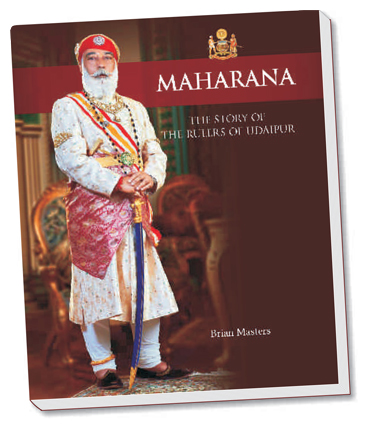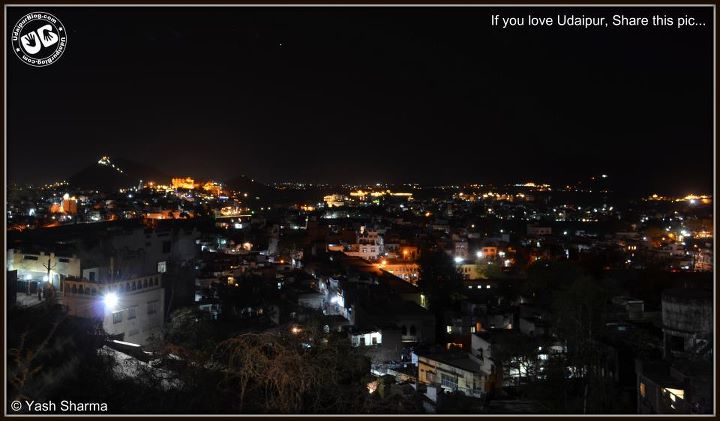Jag Mandir Island Palace is an architectural marvel which in true senses contributes to the beauty of Udaipur. The property comes under HRH group (Historic Resorts and Hotels) which is owned by Shree Arvind Singh Ji Mewar. It is a beautiful Palace located on the southern island of Lake Pichola. It is a major tourist attraction especially for the foreigners and its famous hosting for big fat and lavish Indian weddings. Jag Mandir Palace is commonly called as ‘Lake Garden Palace’.
One can visit Jag Mandir only through a boat. The hotel includes few rooms, café, artistic restaurants, bar, and spa. You can enjoy your buffet dinner and get lost in the soothing atmosphere of the surroundings.


A still of Jag Mandir in the night
But do you know how and when Jag Mandir Palace was built and who built it?

maharana Amar Singh
The construction of Jag Mandir began in 1551 by Maharana Amar Singh and later succeeded by Maharana Karan Singh (1620-1628) and finally the construction was completed by Maharana Jagat Singh I in 1652 and for this reason, it was named ‘Jag Mandir’ in the honor of Maharana Jagat Singh.
Structure of Jag Mandir

Elephant statues at Jag Mandir
Jag Mandir is a three-storied deluxe palace made of marble and yellow sandstone in Mughal and Rajputana architecture. Life-sized carvings of Elephant statues add to the majestic beauty of Jag Mandir Palace.
The courtyard has a flower garden setup which includes bougainvillea, jasmine, palm trees, jasmine, and roses. The garden also has a marble fountain in the center.
The Palace also has a museum called Jagriti museum which showcases the royal history of Mewar.
Visiting hours: 10 am to 6 pm
Entry fees for Jag Mandir: Rs.400 per person adult (between 10 am to 2 pm).
Rs.700 per person (after 2 pm).
How to reach: Because Jag Mandir is located on an island, it is accessible only by boat. The boats depart from Jetty near City Palace.
Lunch: Rs. 1217 per thaali.
Dinner: Rs. 3200 for a couple (A-la-carte).
Contact information:
Boat ride: 0294-2528016
For reservations: 0294-2424186/187/188
Every Udaipurite should visit this mesmerizing place once and for all the tourists out there, add this Palace on your Wish list so that you can visit it on your next trip to Udaipur.




